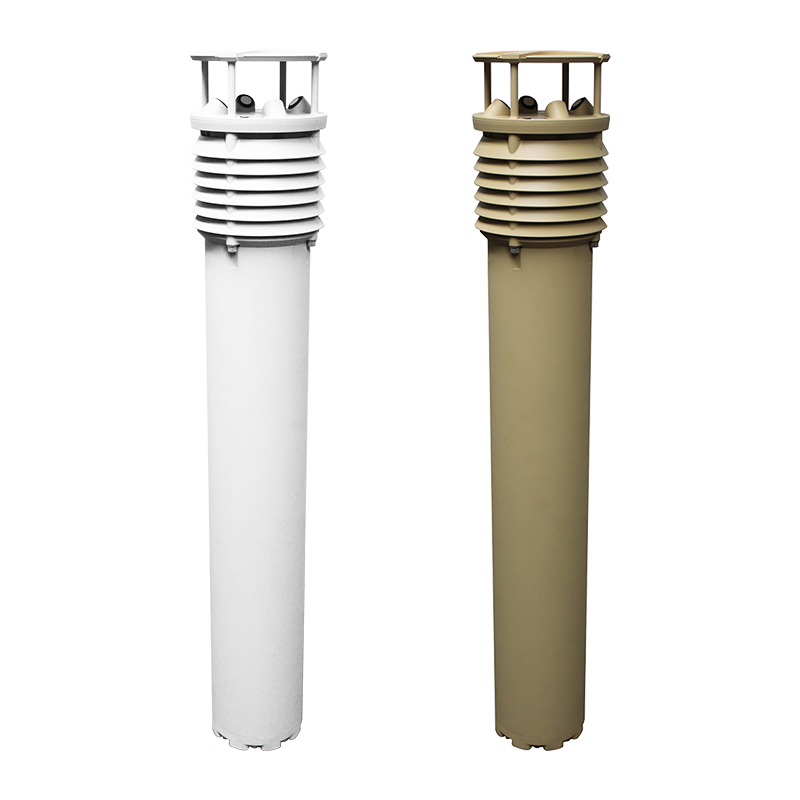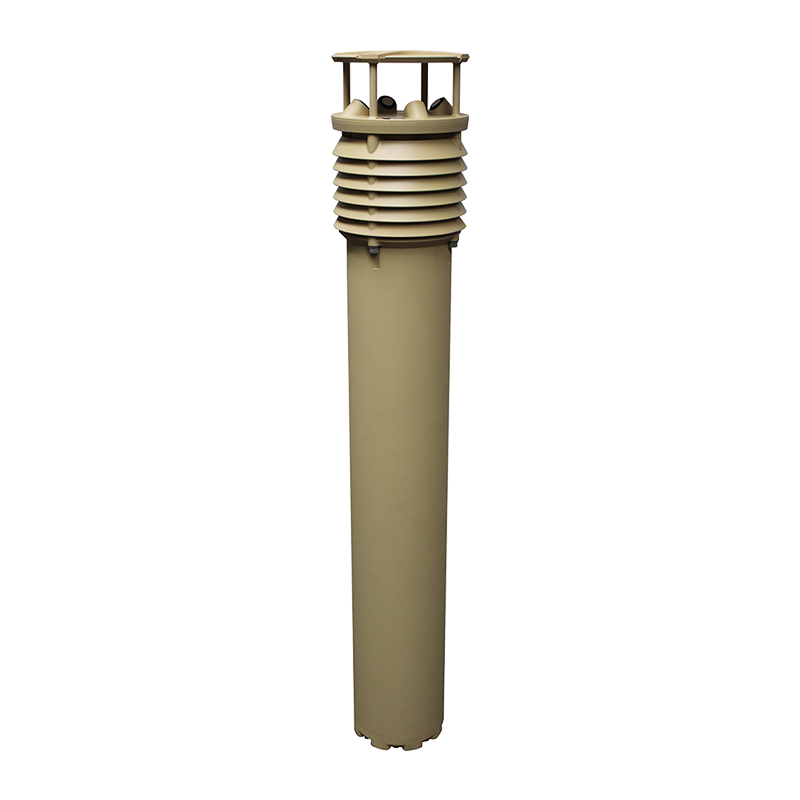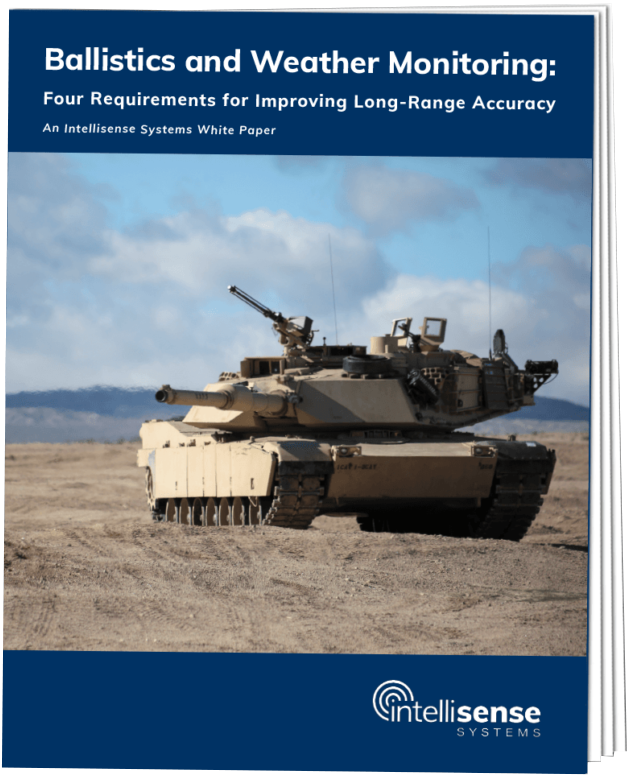Vehicle Meteorological Sensor
The Rugged, Vehicle-Mounted Met Sensor
The Vehicle Meteorological Sensor (VMS) is the rugged, compact, power-efficient meteorological sensor designed for military ground vehicles. It is the ideal met sensor for improving ballistic accuracy with hyperlocal weather conditions. The VMS measures six critical weather parameters without adding significant weight, consuming too much power, or taking up valuable space on vehicles. This device may also be used for situational awareness on commercial vehicles.


